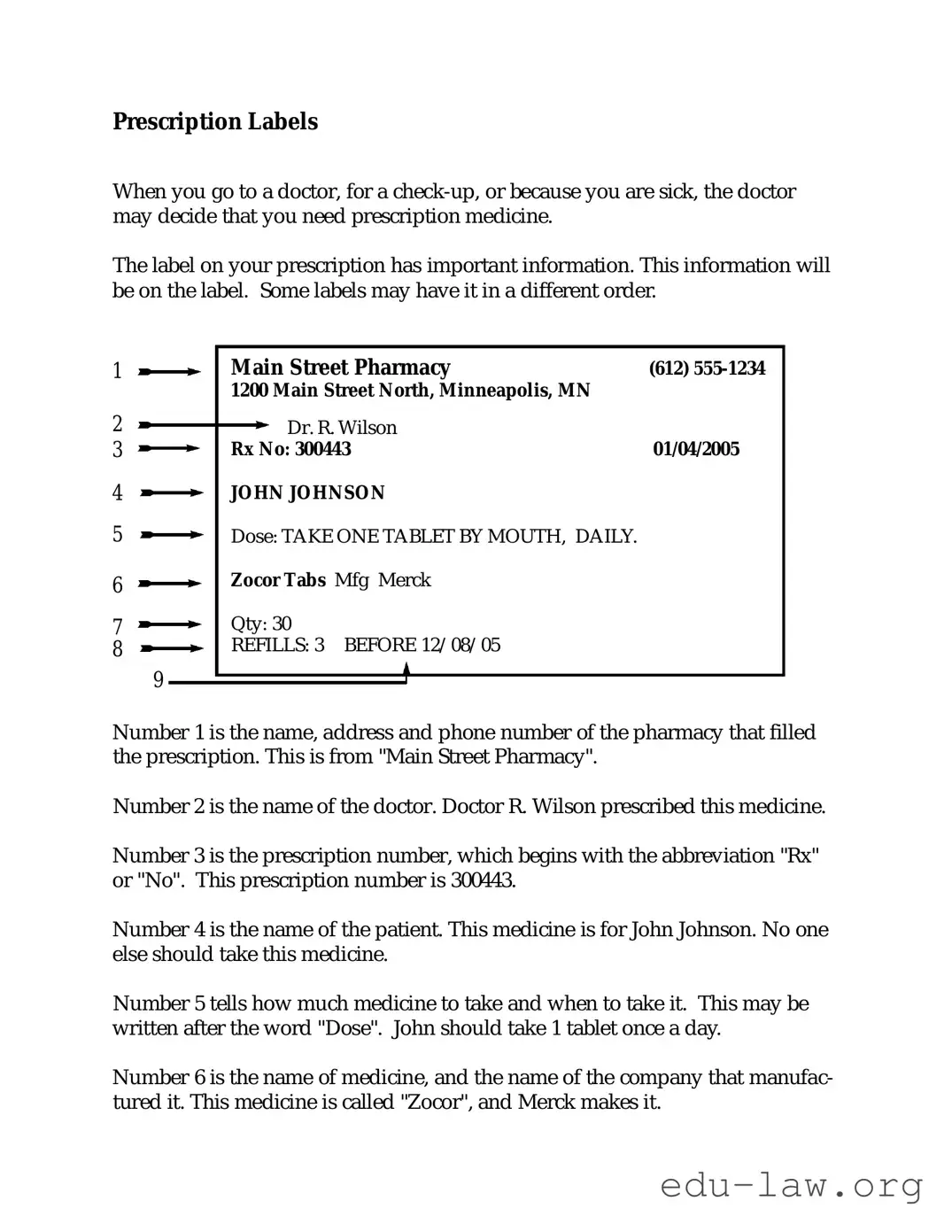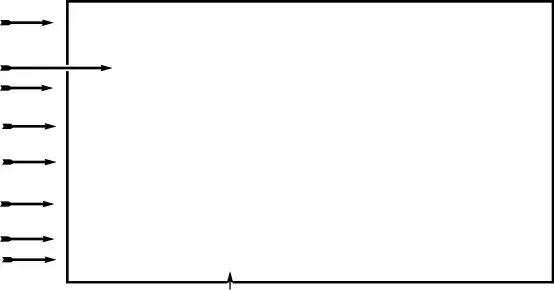What is the Prescription Label form?
The Prescription Label form is a document used to provide essential information about a prescribed medication. It typically includes the patient's name, medication name, dosage instructions, and the prescribing physician's details. This form helps ensure that patients understand how to take their medication correctly and safely.
Who needs to fill out the Prescription Label form?
The form should be completed by healthcare providers, such as doctors or pharmacists, when prescribing medication. This form may also be reviewed by patients to confirm that the medication details are accurate and match their treatment plan.
What information is included on the Prescription Label?
Information on the Prescription Label typically includes the patient's name, the name of the medication, the dosage, the frequency of administration, the route of administration, and the prescribing physician's name. Additional details may include potential side effects, expiration dates, and refill information.
How can I obtain a Prescription Label form?
Patients can obtain a Prescription Label form from their healthcare provider or pharmacy. Many medical offices and pharmacies have standardized forms available. Alternatively, some healthcare facilities may provide electronic options for patients to access and review their medication information.
What should I do if there is an error on my Prescription Label?
If there is an error on the Prescription Label, it is important to address it immediately. Patients should contact their healthcare provider or pharmacist to report the mistake. Corrections can often be made quickly to ensure safe and effective medication use.
Can I use the Prescription Label form for multiple medications?
Typically, each Prescription Label form is intended for a single medication. If a patient is prescribed multiple medications, each one should have its own Prescription Label to provide clear, specific instructions for every item. This helps avoid confusion and ensures each medication is properly managed.

